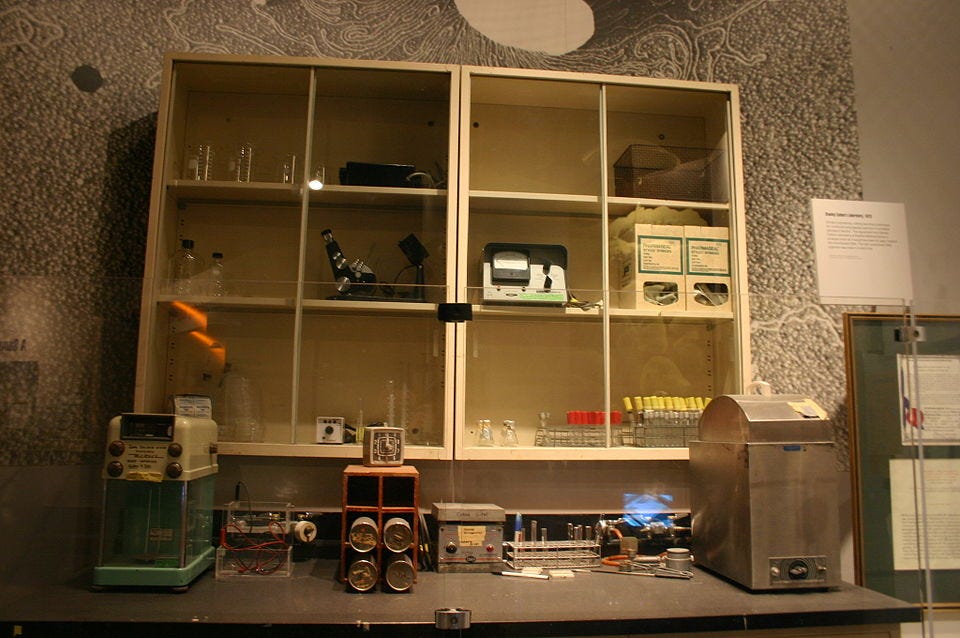How AI Powers Synthetic Biology
Let's face it, we are living in a "century of biology" and artificial intelligence is a growing enabler of what comes next
For billions of years, evolution was the only author of the genetic code. Modern synthetic biology opens doors for us to become active co-writers.
This May, researchers from the Centre for Genomic Regulation (CRG) reported the first use of generative AI to design DNA sequences that regulate gene expression within living mammalian cells. The team focused on synthetic enhancers—short DNA “switches” that control when and where genes are activated. In their proof-of-concept, they tasked the AI with generating enhancer sequences able to switch on a fluorescent reporter gene in specific mouse blood cells, while remaining silent elsewhere. The ~250-base-pair sequences were synthesized, delivered into cells by a virus (notably, they were integrated at random locations), and performed as intended in healthy mouse blood cells.

What CRG demonstrated fits into the typical synthetic biology workflow—where we define a functional specification, generate design candidates, synthesize them, and test them in cells. DNA elements are treated as modular parts composed into higher-order circuits and systems. Borrowing principles from classical engineering like standardization, abstraction, iteration, synthetic biology turns cellular programs into designable constructs.
These days, AI and machine learning are being applied all over the life sciences, and we’ve been tracking this closely across recent updates. Before diving into what’s happening in AI-SynBio today, let’s zoom out and see how the field emerged.
In this article: Historical Throughline — Where Do AI and Synbio Converge? — Sequence Acquisition and Analysis — Modelling Sequences and Predicting Functionality — Accelerating Therapeutics Design and Automating DBTL — Enabling Novel Biosystems — Increasing Access — Synthetic Biology, Natural Danger
Historical Throughline
💠 1961–1999: The Origins.
Although the term “synthetic biology” was first introduced in 1912 by Stéphane Leduc in his work on the physico-chemical basis of life and spontaneous generation, the field’s origins are often traced to 1961, when François Jacob and Jacques Monod introduced the lac operon model in E. coli, showing that cells use regulatory circuits to respond to their environment. This framed biology as a system of logic and control. Early achievements included Meselson’s discovery of restriction enzymes in 1968, Boyer and Cohen’s recombinant DNA technology in 1973 — which paved the way for the first production of a synthetic protein, human insulin, in E. coli by Riggs and Itakura in 1978—and Kary Mullis’s invention of PCR in 1983. At the start of the decade, Barbara Hobom reintroduced the term ‘synthetic biology’ describing genetically modified bacteria with recombinant DNA. Advances in sequencing, genome mapping, and “omics” in the 1990s generated vast cellular catalogs; at the same time computational biology revealed networks of genes and proteins as structured, modular systems.


